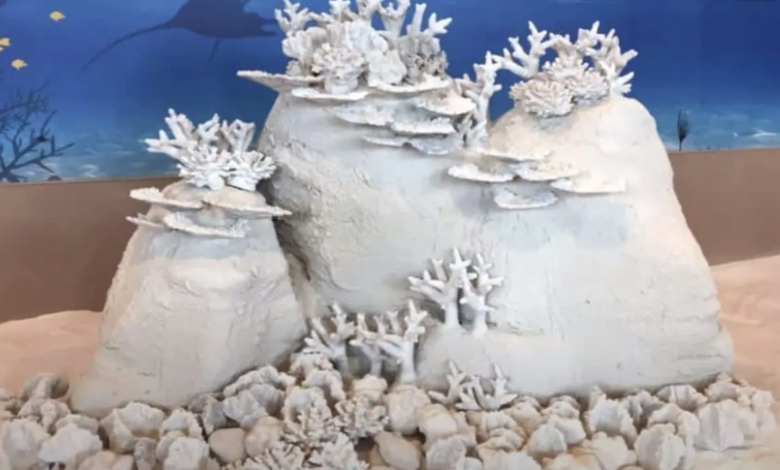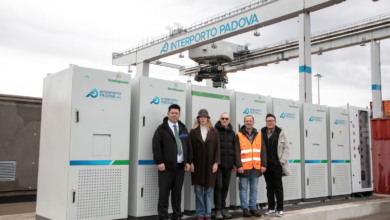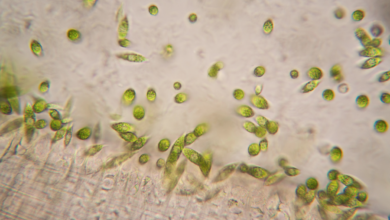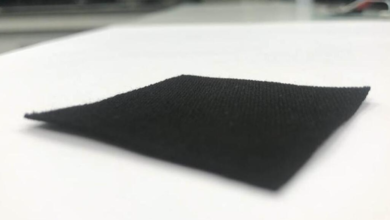An artificial coral reef to restore marine ecosystems

The artificial coral reef to save corals
(sustainabilityenvironment.com) – An artificial coral reef whose action can accelerate the restoration of the Thai marine ecosystem: from the Veterinary Medical Aquatic Animal Research Center of Excellence (VMARCE) Chulalongkorn in Thailand comes the idea that could mark the step in combating the deterioration of the seas. Innovareef barriers are made of cement, they release substances that “nourish” natural corals but are also monitoring stations for climate change, and could relaunch ecotourism in Thailand.
Beyond the beauty of the scenarios they inhabit, coral reefs play a number of fundamental natural functions, including the protection of marine ecosystems from potentially devastating climatic events: Keeping them alive and healthy is important because they nourish and protect the marine fauna that our species also feeds on. Among the effects of climate change, one of the most important is the deterioration of the Thai coral reef, which generates coral bleaching and now affects more than two-thirds of the reef.
Over the years several solutions have been proposed, one of them was the construction of an artificial coral reef from used tires, tanks and pipes, but the structures so composed did not integrate with the marine ecosystem and often, Because of the tides, they generated the dispersion of waste at sea and the release of microplastics.
“In nature conservation, methods are as important as results,” said Dr. Nantarika Chansue, director of VMARCE and head of the Ornamental Aquatic Conservation Research Unit (OAAC), Faculty of Veterinary Science, Chulalongkorn University, “We are trying to create realistic artificial reefs with realistic branches to promote the settlement of planes and pores for resistance to tidal forces and habitat for marine species. Our Innovareef will help accelerate the recovery of coral reefs to match their rate of destruction”.
The artificial coral reef Innovareef
The artificial coral reef Innovareef is shaped from the natural structure of the corals, and is covered with calcium and phosphates, essential nutrients for the latter. When the planula (the initial substance from which the corals are born) settles on Innovareef, the growth and development times are faster than the traditional ones, and can reach even three or four centimeters per year, While on average a coral grows one centimeter per year. The structure of the artificial reef is designed for the development of the coral component: the flat surfaces are made to be comfortable for the planula, while the cavity is ideal habitats for fish and marine fauna. The hydrodynamic technology that composes it is also able to withstand the force of the tides.
In addition to its ecosystem restoration function, however, the artificial coral reef may be a hotspot for climate change, because it is equipped with equipment that can measure water temperature, tidal force and hydrogen potential.
“These measurements benefit not only the marine species present in the Innovareef, but also the entire coral reef where the Innovareef is installed- explained Nantarika – As we all know, coral bleaching is caused by the increase in the temperature of seawater that causes the death of corals. With these smart stations, we now have enough data to save the entire reef“.
The encounter between different fields of science
The birth of Innovareef comes from the meeting of different scientific fields: the pH of the cement used for its construction was selected because the closest to the marine, the whole structure is a work of design whose operation resembles that of Lego so that it can be transported and assembled easily.
“The area suitable for the installation of Innovareef is less than 10 meters deep with exposure to sunlight and, above all, with some remaining natural coral reefs. These will improve the natural settlement and growth of the planula. (…) You can simply put in any desired location at sea and then dive in to put all units together to complete the Innovareef“.
The project has been active since 2020 and has already seen the installation of artificial coral reefs along the Thai coast. “Not even five minutes later – told Nantarika – the fish and several marine creatures begin to come to probe and make them the new habitat”. “More importantly, post-installation data indicates that planula settlement and growth rates on Innovareef are better than those on other artificial reefs”.
Future prospects
The Nantarika team is already working to “lower production costs and add more details so that it looks more like natural barriers”. Among the projects for the future there is one particularly ambitious: create specific structures for each local marine species, “for example, giant groupers prefer cave-like habitats and so will our Innovareef“.
Scientists are currently working with the Chula Faculty of Engineering to integrate nanotechnology into the barrier that can respond to global warming and restore natural corals to health: “If the sea temperature rises to a certain level that is harmful to corals, the Innovareef nanoparticle coating automatically activates and releases a substance to prevent corals from dying.”





